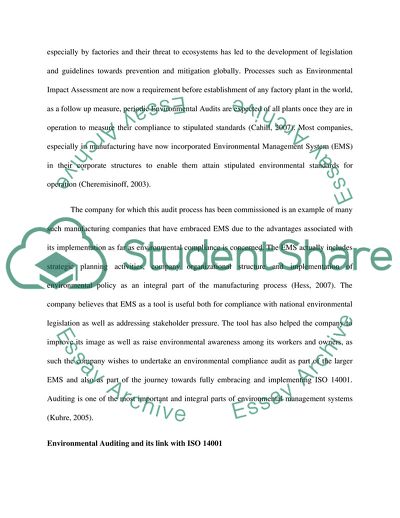Cite this document
(Environmental Auditing and Management Systems Coursework - 1, n.d.)
Environmental Auditing and Management Systems Coursework - 1. https://studentshare.org/environmental-studies/1798039-environmental-auditing-and-management-systems
Environmental Auditing and Management Systems Coursework - 1. https://studentshare.org/environmental-studies/1798039-environmental-auditing-and-management-systems
(Environmental Auditing and Management Systems Coursework - 1)
Environmental Auditing and Management Systems Coursework - 1. https://studentshare.org/environmental-studies/1798039-environmental-auditing-and-management-systems.
Environmental Auditing and Management Systems Coursework - 1. https://studentshare.org/environmental-studies/1798039-environmental-auditing-and-management-systems.
“Environmental Auditing and Management Systems Coursework - 1”. https://studentshare.org/environmental-studies/1798039-environmental-auditing-and-management-systems.


